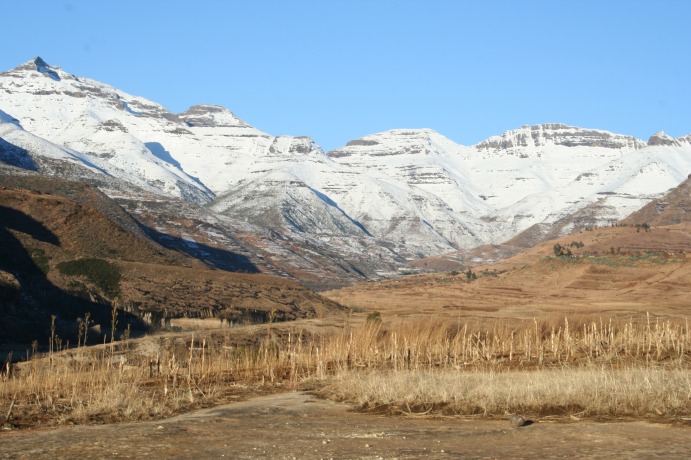The mineral quartz might hold the key to why continental plates consistently deform in certain regions, a puzzle that's remained hard to answer despite revolutions in our understanding of plate tectonics.
Publishing in Nature, Anthony Lowry and Marta Pérez-Gussinyé use data from the EarthScope Transportable Array, a programme that is steadily measuring seismic activity across the United States, along with gravity and heat flow data, to estimate the relative proportion of quartz in the crust and look for geographic variation.
 Their research took the relatively novel approach of mapping the ratio between pressure waves (vp) - longitudinal sound waves travelling through the crust, and shear waves (vs) - transverse waves that make the crust move like ripples on a pond. This ratio is not a measure used often in research, as it can be inaccurate and is altered by a number of other factors, such as crust thickness. To iron out these inaccuracies, they combined the ratio values with established data from gravity surveys and estimates of heat flow.
Their research took the relatively novel approach of mapping the ratio between pressure waves (vp) - longitudinal sound waves travelling through the crust, and shear waves (vs) - transverse waves that make the crust move like ripples on a pond. This ratio is not a measure used often in research, as it can be inaccurate and is altered by a number of other factors, such as crust thickness. To iron out these inaccuracies, they combined the ratio values with established data from gravity surveys and estimates of heat flow.
The authors argue that a low vp to vs ratio, less than 1.8, correlates to high concentrations of quartz in the crust, and that as quartz is fragile and prone to flow at the temperatures found at depth, this creates weak zones in the crust. Once these regions of weakness establish a deformation zone, this encourages further weakening processes such as the ingress of water and increased heat flow. This dynamic feedback system would ensure that the crust consistently deforms in regions of high quartz, and could even contribute to a weakening of the mantle layer below the crust, further ensuring a zone of weakness is maintained over many millions of years.
Not only could this model elucidate the role of quartz in making mountain ranges, but it could also help to explain some of the more unusual types of earthquake - those that occur in the middle of continental plates, where there is little or no evidence of the fault lines we associate with the more familiar and better understood earthquakes.
This study only observes an area of the Western United States, but the authors intend to keep monitoring the data as EarthScope moves east, eventually measuring activity across the entire country at 70km intervals. Looking at geologically active regions across the world could give us an even better idea about the role of quartz in sculpting our continents.
- Previous MESSENGER Orbits Mercury
- Next Why Birds Crash










Comments
Add a comment